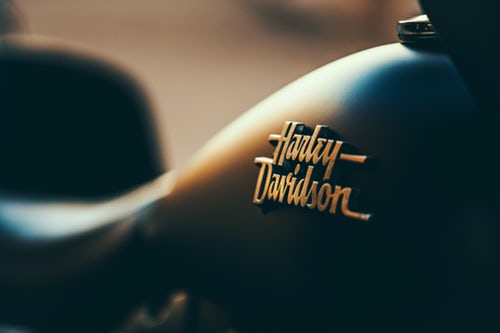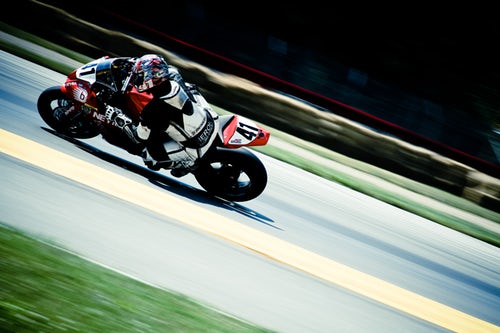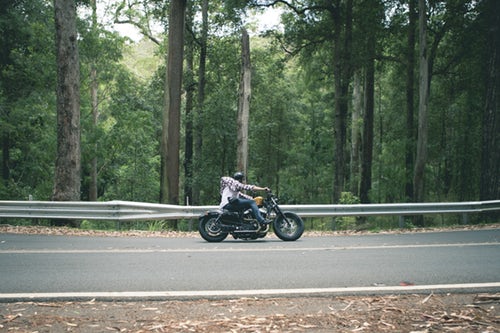Motorcyclists continue to be killed at a far higher rate than drivers, so what measures can be introduced to make them safer on the roads?
EVERY YEAR, MORE MOTORCYCLISTS are killed on our roads (as a percentage of road users) than any other category. The standing joke about motorcyclists being “temporary Australians” simply isn’t funny.
Despite representing a tiny percentage of all road traffic, they account for around 20 percent of fatalities, and a high percentage of those are riders under 20. Perhaps surprisingly, a large percentage are also in their 50s.
Motorcycles have come a long way in the past 20 years or so. They are much, much faster, even those with comparatively small engines. Fortunately, they are also much, much safer. However, the level of technology is such that there is little more that can be done to make them any safer for riders, and that brings us inevitably back to rider attitude and skill level.

Of particular concern to those investigating the issue are bikes with eye-watering acceleration and top speeds well in excess of 250km/h. What is often ignored in the discussion is that buyers of superbikes are a very different demographic. They are usually older, wiser and better able to afford the often huge insurance premiums. In many cases, these riders are only using their bikes on weekends and for leisure.
In what at first appears counter-intuitive, a recent study “Motorcycle Safety and Transport Policy Framework” prepared by the UK motorcycle industry and police, encourages greater use of motorcycles on the roads and claims improved road safety could be the result.
The idea that more motorcycles on the road improves rifer safety was initially based on European data which shows that when a greater percentage of traffic is made up of motorcycles, mopeds or scooters, riders are less likely to be involved in a collision. The Belgian study, which modelled a shift from cars to motorcycles on one of the most congested roads in Europe, found that when just 10 percent of car drivers swapped to a powered two wheeler, congestion was reduced for all road users by 40 percent.
When 25 percent of drivers swapped, congestion was eliminated altogether and everyone who was on two wheels was a lot safer as a consequence.

There is another strong argument put forward as well. If more people began their road lives on a motorcycle, scooter or moped, there would be a measurable improvement in driver behaviour towards all vulnerable road users. It is also acknowledged that motorcyclists make better road users when driving cars.
In Australia, 228 riders were killed in 2017 (12 months to September) compared to 248 (240 riders and eight pillion passengers) in 2016.
Most fatal motorcycle crashes involved a car, some were with trucks and even a couple with buses. Surprisingly, most motorcycle crashes happened in towns where bikes are more likely to be hit by other vehicles, rather than on highways and sparsely populated rural roads. Almost half of fatal motorcycle crashes were single vehicle incidents.
Even more surprising (especially for the “speed kills” brigade), almost 90 percent occurred in speed zones of 70km/h or less and not a single fatality was recorded in the Northern Territory where the prevailing speed limit on the open road is 130km/h.

It will hardly be unexpected that the weekends were the most lethal times to be riding a motorcycle, or that more riders were killed in spring and summer. Ninety three percent of fatalities are male. Young riders (17-25) account for one in five deaths (down from one in four). In 2016, less than half of fatalities were aged under 40, down from two thirds in 2007, and ten years ago the average age of a fatally injured motorcyclist was 36; today it is 40. For every motorcyclist killed, 35 more are hospitalised (far higher than pedestrians at 1:16 or vehicle occupants at 1:18).
Crashes are most likely to occur during the day (9 am to 3 pm) and evening (3 pm to 9 pm). One third occur on the weekend between 9 am Saturday and 9 pm Sunday. Deaths under the age of 40 are skewed to urban areas while older riders are more likely to die in non-urban areas, particularly on weekends.

If you’re tempted to get back onto a motorcycle after a long absence, take a refresher course. Just because you can afford a superbike (and its insurance premium) doesn’t mean you are a skilled rider. Remember that your reflexes and reaction times are not as sharp as they were when you were 18 (and you probably weren’t anywhere near as good a rider than as, in retrospect, you think you were). Ease back into riding, especially if you are only a weekend rider and don’t try to emulate Wayne Gardner or Mick Doohan (I’m guessing these names will be more familiar to you than some of the current crop of MotoGP champions!)
Motorcycling is a thrilling and affordable pleasure, but the risks are serious, especially for older riders.
